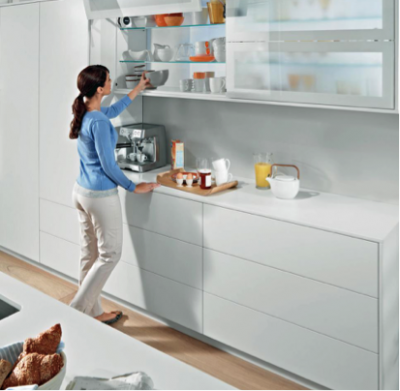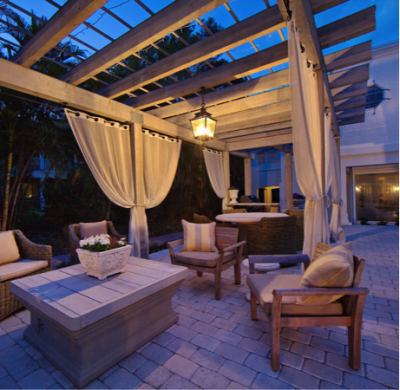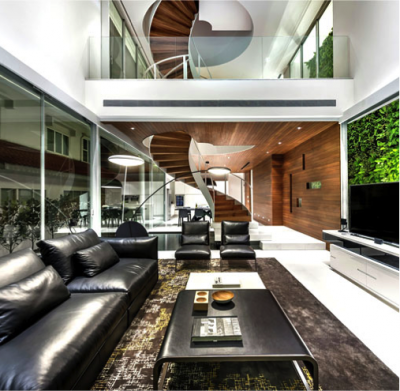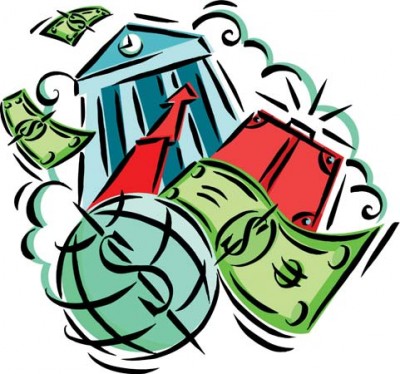With warmer weather comes increased competition—more people putting their homes on the market. Make yours stand out today with these home staging tips for spring!
First, utilize nature. Make sure your outdoor flowerbeds are well-kept, and bring in the best flowers to decorate your home for the spring season. Freshly-cut flowers in reflective glass vases also give off a pleasant aroma that will give potential buyers a great first impression of your home.
If your flowers aren’t quite in bloom yet, don’t worry—you can add floral décor such as paintings and accessories to evoke the season. You may also want to consider scented candles and aromatherapy diffusers to get that clean spring scent.
Second, ensure that your entryways are appealing. Remove winter wreaths and replace with a spring-themed welcome mat and an umbrella stand. For the backdoor, consider placing potted bulbs just outside the door to add color to a backyard recovering from winter.
Third, clean your windows. This includes washing your blinds and drapes as well as getting those windowpanes to sparkle. In one stager’s words, “Crisp linens and a spring-time breeze through the windows invite the season inside.”
Fourth, accessorize in pastels. Soft spring-colored pillows, linens, towels and throws brighten up a room in no time.
Taylor Henley is an employee of Stage to Move. She collaborates with owner and home staging expert Kara Woods to produce blog posts that reflect the expertise and innovative design strategies of Stage to Move.















